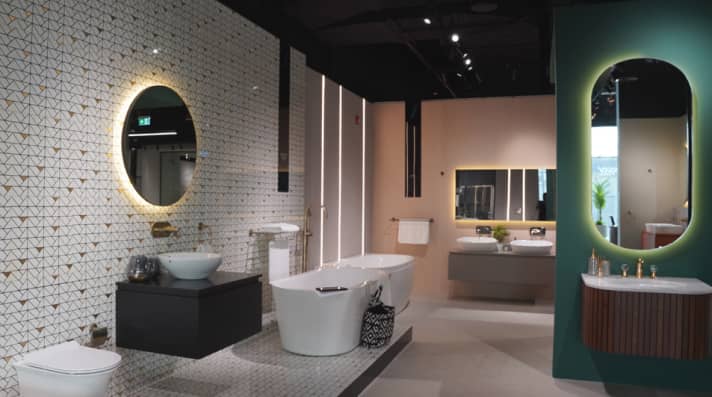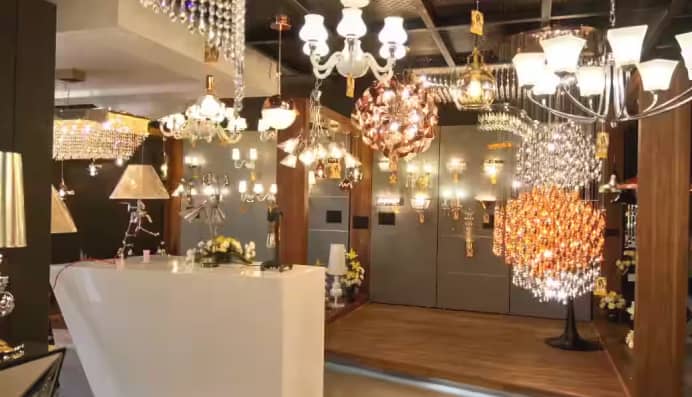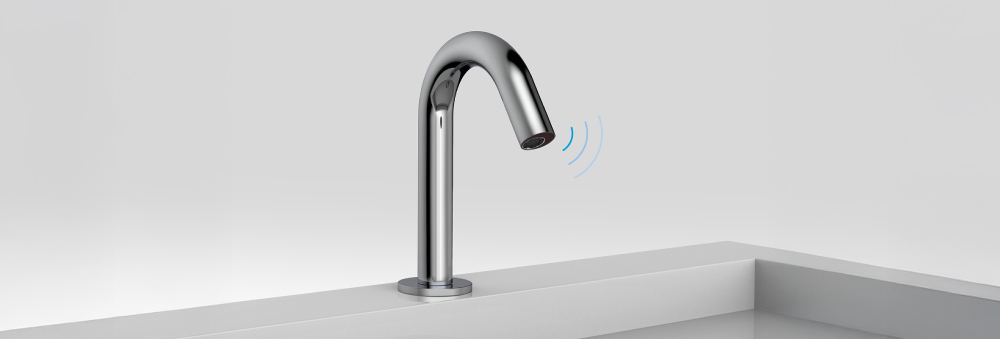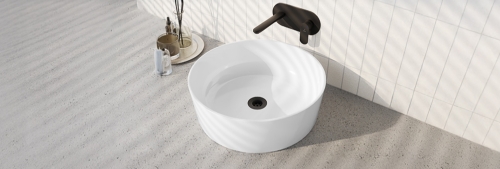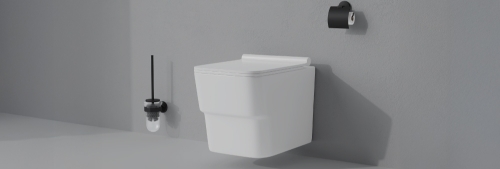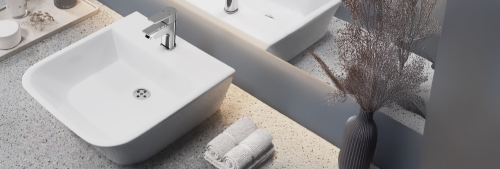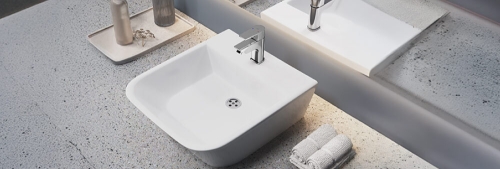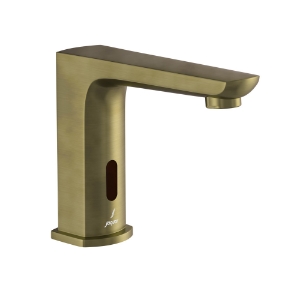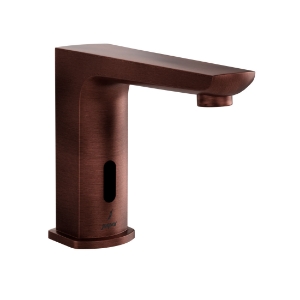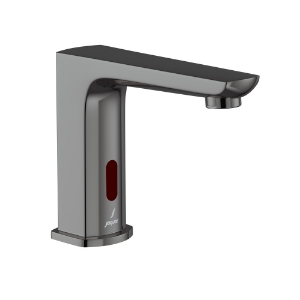In this age of innovation, sensor taps are changing the way we interact with water in public and personal spaces. The new sleek and responsive taps have already made their mark in airports, retail spaces, restaurants, luxury homes and hospitality spaces. They are more than just a modern decor element.
The combination of advanced features such as touch-free convenience, sustainability, water efficiency, and hygiene makes them necessary touchpoints in dealing with water scarcity. Sensor taps represent a thoughtful marriage of sustainable enterprise with high-functioning technology for a country like South Africa, where water is scarce, unnecessary wastage is avoided, and high-value aesthetics are brought to public and personal spaces.
Sensor taps, or automatic or electronic taps, have become synonymous with cleaner, smarter bathrooms. The growing emphasis on sustainable infrastructure in urban spaces like Cape Town, Johannesburg, and others is great news for the adoption of automatic taps and installations. These smart solutions help reduce water wastage while promoting optimal hygiene, crucial in public or shared bathrooms. Let's explore in more detail how sensors work and look through various designs and advantages of this technology that could benefit modern spaces.
How Does Sensor Taps Work?
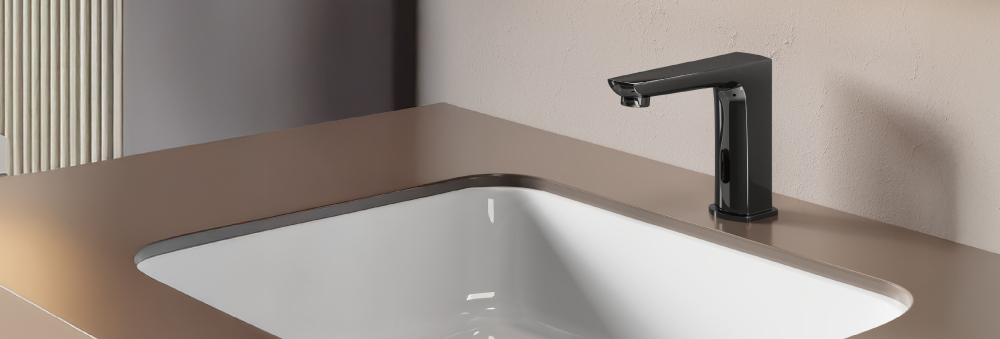
Sensor taps work through a simple mechanism. The infrared sensor detects motion to recognise a movement under the spout, likely your hands. This activates a solenoid valve that releases a flow of water into the basin. Once you remove the movement, the sensor stops the water flow automatically. This aspect of the tapping mechanism, along with the motion detection, means that you will have adequate means to control water usage without touching a tap.
Of course, you can expect that sensor faucet technology would have performed well and worked specifically in situations where water control is well accepted and respected, particularly in areas of water shortages or in green building certifiable spaces, where water use is limited. You can expect these setups never to compromise the utility and comfort of use. Sensor taps are commonly battery-powered, although their electric models are often linked to a suitable outlet. Many sensor taps would have an automatic function to turn off, providing extra safety and savings.
Sensor tap manufacturers like Jaquar have been improving sensor tap technology by reducing their response time, increasing the build quality, and encouraging minimal maintenance. All of these aspects ring true in high-traffic public use spaces, where reliability is really needed.
Sensor Tap Design and Features
Today’s sensor tap design goes beyond simple motion sensing. It's a careful balance of functionality and form. Designs vary from minimalist and sleek to statement pieces suited for luxury resorts or boutique hotels. Depending on the spatial aesthetic and functional need, some are mounted on walls, others on countertops.
Jaquar, known for its precision-engineered bath fittings, offers a variety of sensor taps crafted for commercial and residential use. The taps integrate seamlessly with modern bathroom decor while ensuring optimal flow rates and durability. They are available in different sensor tap finishes, such as chrome, matte black, and brushed steel, allowing interior designers to match them with other fittings.
When selecting a sensor tap, consider the material. Brass with a chrome finish is usually the best choice for durability, though stainless steel is also popular in more rugged settings. The sensor tap size and height also play critical roles in visual proportion and user comfort, especially when paired with vessel basins or wall-mounted counters.
Benefits of Using Sensor Taps
The advantages of sensor taps go far beyond aesthetic appeal. Here are the core benefits:
1. Water Conservation
In South Africa’s climate-conscious society, especially in regions recovering from drought, saving water is not just a preference; it’s a responsibility. Sensor taps only activate when needed and shut off immediately, reducing unnecessary flow. This ensures efficient water use in households, hotels and public facilities.
2. Improved Hygiene
By eliminating physical contact, these taps can reduce the spread of germs and bacteria, which is why they are commonly known as hygiene faucets. Touch-free operation promotes safer environments for users in healthcare, food service, or hospitality.
3. Low Maintenance
Thanks to the advanced faucet technology behind these devices, wear and tear from manual operation is almost nonexistent. The solid internal components and water-resistant sensors ensure years of trouble-free use.
4. Ease of Use
For elderly individuals, children, or people with limited mobility, smart faucets simplify daily routines. With no knobs or levers to operate, users can enjoy a seamless handwashing experience.
5. Modern Appeal
A touchless tap elevates the overall aesthetic of a bathroom or kitchen. The sleek lines and cutting-edge feel fit perfectly in modern interiors. Jaquar’s range, for instance, complements contemporary and classic decor, giving architects and homeowners creative flexibility.
Factors to Consider Before Buying
When investing in a sensor tap, a few important parameters will guide your decision:
- Sensor Tap Price: Prices vary based on features, materials, and brands. While sensors are generally more expensive upfront than traditional taps, the long-term savings on water and maintenance often offset the initial cost.
- Power Source: Decide between battery-operated models (ideal for retrofits) or electric models (suitable for new constructions).
- Installation Type: Deck-mounted or wall-mounted options depend on your plumbing layout and sink style.
- Warranty & Service: Ensure that your chosen brand offers strong after-sales support. Jaquar, for example, provides prompt customer service and extensive warranties.
- Location: Sensor taps are ideal for urban homes, offices, eco-resorts, or heritage properties embracing modern conveniences while staying water-wise.
Sensor Taps in South African Homes and Businesses
As the South African home and hospitality sectors evolve, eco-conscious design is becoming a norm rather than a trend. Sensor taps are part of this evolution. They’re found in sustainable guest lodges along the Garden Route, premium apartment complexes in Sandton, and chic cafés in Stellenbosch.
Jaquar’s commitment to quality and design has made its sensor taps a preferred choice among architects and interior designers working in South Africa. Whether for a beachfront villa or a high-rise apartment, the company’s range combines function and finesse.
Sensor taps are no longer limited to luxury hotels or corporate washrooms; they’re becoming everyday essentials in modern South African spaces. With thoughtful sensor tap design, durable sensor tap material, and availability in multiple sensor tap finishes, these fittings are as stylish as they are practical. Their hygienic, water-saving, and low-maintenance benefits make them a smart investment, especially in regions where water conservation is a priority.
In embracing sensor faucet systems, we align with a global movement towards intelligent, sustainable living. With reliable sensor faucet technology, choosing the right sensor tap size and sensor tap height can completely elevate the user experience.
Explore Jaquar’s premium range of sensor taps, where innovation meets elegance. Also, discover their curated collections of bath and lighting solutions, designed to enhance your spaces with lasting beauty and performance.
FAQs:-
Q.2 Are sensor taps suitable for bathrooms and kitchens in rated homes?
- Yes, sensor taps are perfect for rated homes. They save water, have hygiene benefits, and are convenient in bathrooms and kitchens.
Q.3 What are the benefits of sensor taps compared to manual taps?
- Sensor taps require less water, reduce the potential spread of germs, require less maintenance, and are more modern and easier to use.
Q.4 Do sensor taps help to save water?
- Yes, sensor taps are particularly good at conserving water. They only allow water to flow when they detect hands and automatically turn off if the hands are not under the sensor.
Q.5 How long do sensor taps usually last?
- If reasonably good quality, a sensor tap should last 5-10 years, as long as it has some maintenance and excludes the amount of usage and quality.
Q.6 How quickly should a good quality sensor tap response time be?
- A good quality sensor tap should respond within 0.3 to 0.5 seconds after detecting a hand movement.

